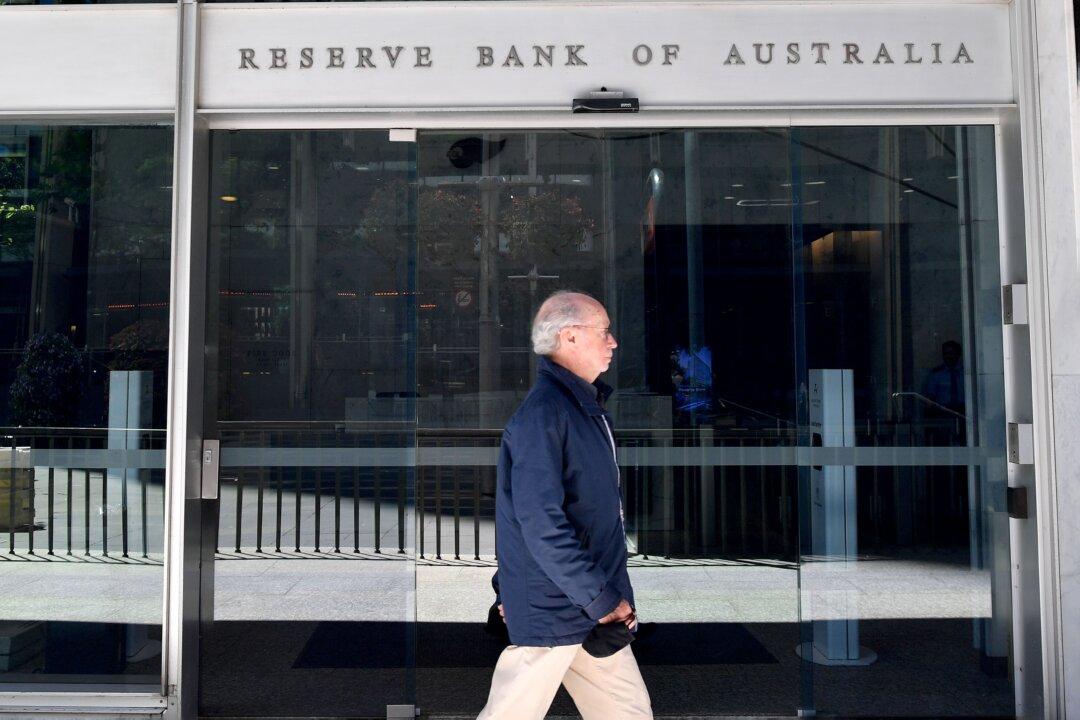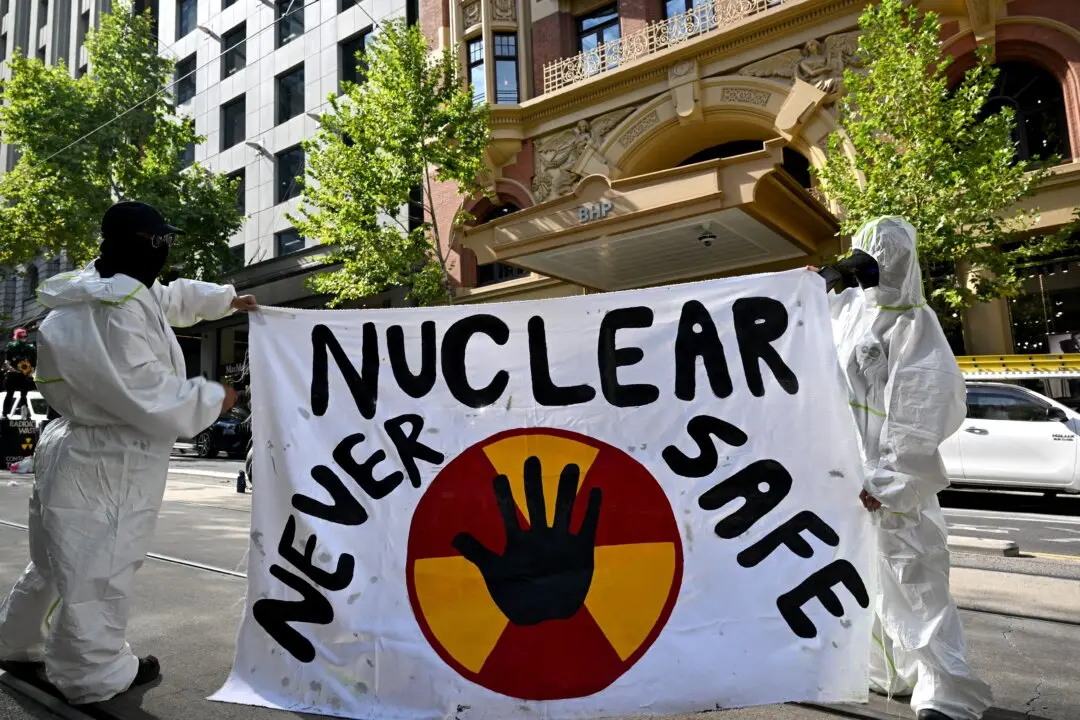Australian borrowers could be a little at ease this Christmas holiday season as the Reserve Bank of Australia (RBA) has decided to put the official cash rate on hold for December.
In its last board meeting of the year, the RBA left the official cash rate unchanged at 4.35 percent, following a 0.25 percent increase in November.





